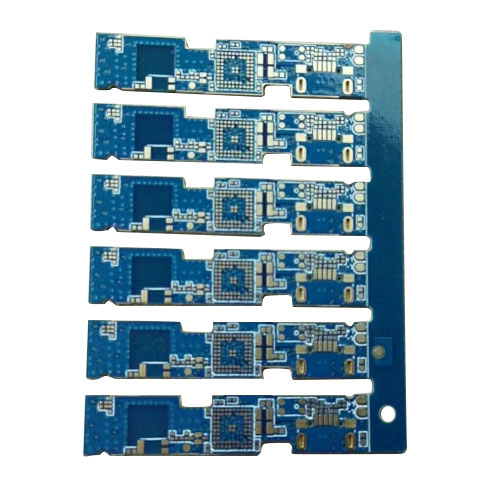
In order to increase the area of wiring, multilayer boards use more single or double-sided wiring boards. A printed circuit board with one double-sided as the inner layer, two single-sided as the outer layer, or two double-sided as the inner layer and two single-sided as the outer layer, which is alternately connected together through the positioning system and insulating bonding materials, and the conductive graphics are interconnected according to the design requirements, becomes a four layer and six layer printed circuit board, also known as multi-layer printed circuit board. The number of layers of the board does not mean that there are several independent wiring layers. In special cases, empty layers will be added to control the board thickness. Usually, the number of layers is even and includes the outermost two layers. Most of the motherboards have a structure of 4 to 8 layers, but technically, they can achieve nearly 100 layers of PCB. Most large supercomputers use multi-layer mainboards, but because such computers can be replaced by clusters of many ordinary computers, super multi-layer boards have gradually been abandoned. Because all layers in the PCB are closely combined, it is generally not easy to see the actual number. However, if you carefully observe the motherboard, you can still see it.
